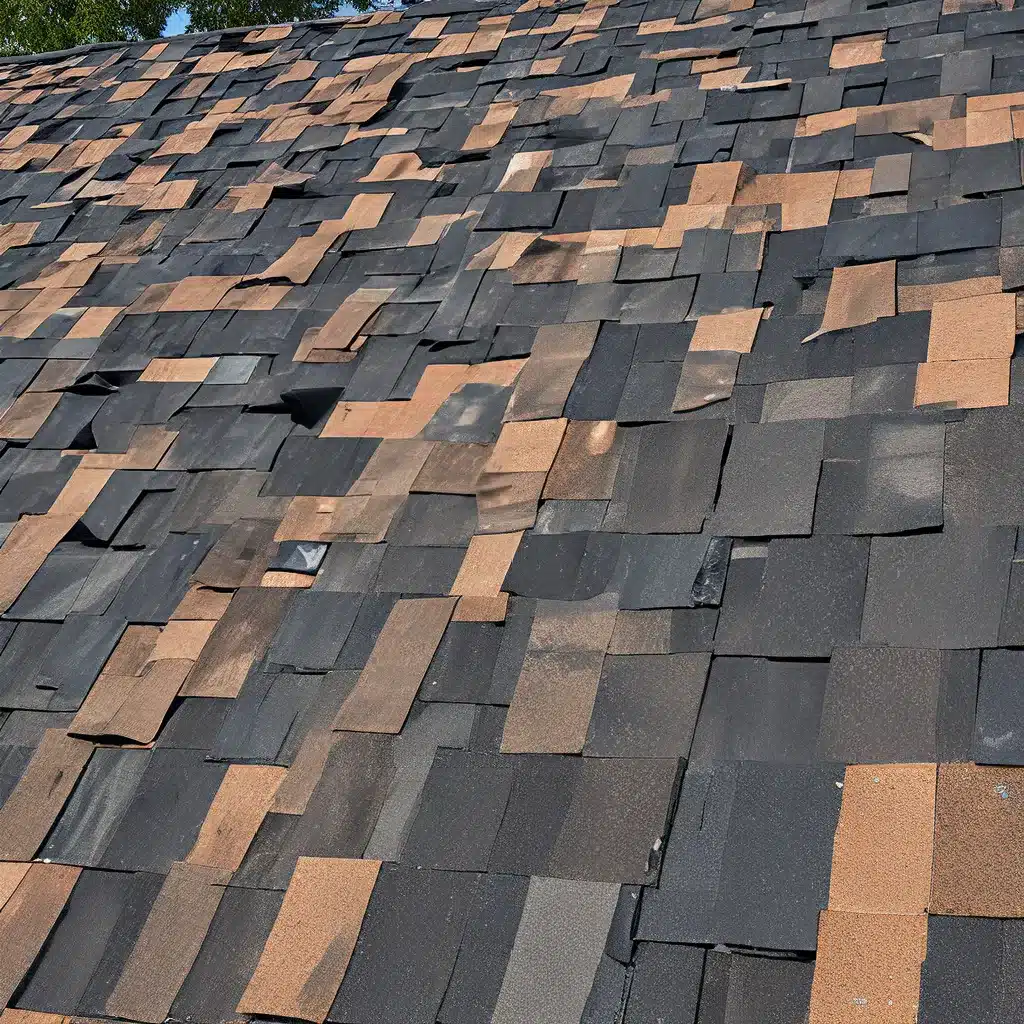
As a proud roofing professional, I’ve seen firsthand how the climate is evolving and the profound impact it’s having on our industry. Gone are the days of predictable weather patterns and straightforward roofing projects. Today, we’re facing a new reality – one where extreme weather events, unpredictable climate shifts, and the looming threat of climate change are reshaping the way we approach roofing.
But you know what? I wouldn’t have it any other way. Because in the face of these challenges, I see an opportunity to embrace the unexpected and adapt our roofing practices to create a more resilient and sustainable future. It’s time to roll up our sleeves, get creative, and tackle this head-on.
Adapting to Extreme Weather: The New Normal
Let’s start by addressing the elephant on the roof – the increasingly intense and unpredictable weather patterns that are impacting roofing projects across the country. Scientific evidence has shown that climate change is leading to more frequent and severe storms, floods, and other extreme weather events. And as roofing professionals, we’re on the front lines of dealing with the fallout.
I remember a job we had last year, where a sudden 72 mph wind storm ripped the roof off a client’s shed. The emotional and financial toll on that homeowner was heartbreaking. And it’s not just isolated incidents – I’ve seen similar stories of farmers and beginning roofing companies having their livelihoods upended by these climate-driven disasters.
But you know what? We can’t just throw our hands up in despair. As roofing experts, we have a responsibility to adapt and innovate. It’s time to start thinking outside the shingle and explore new roofing materials, designs, and installation techniques that can withstand the elements.
Embracing a Sustainable Future
One of the key ways we can adapt is by embracing sustainable roofing solutions. This isn’t just about being eco-friendly – it’s about future-proofing our work and ensuring that the roofs we install can weather the storms of the coming decades.
I’m talking about things like cool roofs, which reflect sunlight and reduce heat absorption, helping to lower energy costs and mitigate the impact of rising temperatures. Or green roofs, which incorporate vegetation to absorb rainwater, improve insulation, and create natural habitats. These solutions not only look great, but they’re also highly effective at helping buildings adapt to the changing climate.
And let’s not forget about the importance of proper roof ventilation. By ensuring that our roofing systems are designed to effectively manage air flow and moisture, we can prevent issues like mold, mildew, and premature roof degradation – all of which are becoming more prevalent due to the shifting weather patterns.
Fostering Collaboration and Community
But adapting to climate change isn’t just about the technical aspects of roofing. It’s also about fostering a sense of community and collaboration within our industry.
Southern Roofing Company has been a leader in this regard, organizing regular workshops and seminars where roofing professionals can come together, share best practices, and learn from one another. It’s through these kinds of open dialogues that we can collectively brainstorm solutions, stay ahead of the curve, and ensure that our industry is prepared for whatever Mother Nature throws our way.
And let’s not forget the importance of engaging with local communities. After all, the impacts of climate change are often felt most acutely at the neighborhood level. By partnering with homeowners, businesses, and community organizations, we can gain valuable insights into the unique challenges they’re facing and tailor our roofing solutions accordingly.
Embracing the Unknown with Resilience
I’ll admit, the thought of adapting to climate change can be a bit daunting. There’s still so much we don’t know, and the pace of change can feel overwhelming at times. But you know what? That’s exactly why we need to embrace the unexpected and approach this challenge with a spirit of resilience and adaptability.
As one farmer so eloquently put it, “Acknowledging and embracing the unknown may help position us with resiliency from the beginning.” And I couldn’t agree more. By accepting that the future is uncertain, we can free ourselves to explore new possibilities, experiment with innovative solutions, and ultimately emerge stronger and more prepared for whatever comes our way.
So, let’s not shy away from the challenges of climate change. Instead, let’s roll up our sleeves, get creative, and lead the charge in adapting our roofing practices for a more sustainable and resilient future. Who’s with me?